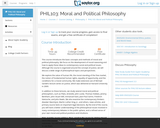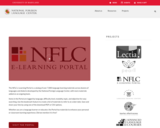
UCLA's Listen to Learn activities page features numerous, high-quality videos and activities covering a variety of Arabic dialects, including Iraqi, Lebanese, Egyptian, Moroccan, as well as Modern Standard Arabic. Users may pick from a number of speakers within a chosen dialect, all of whom speak from readily available text about a range of topics, including family life, culture, school, activities, and food. Each topic is accompanied by a video and activities designed to reinforce the vocabulary and ideas covered in the video.
- Subject:
- Arts and Humanities
- Cultural Studies
- Languages
- Material Type:
- Activity/Lab
- Interactive
- Lecture
- Reading
- Provider:
- University of California - Los Angeles
- Date Added:
- 04/03/2020


















